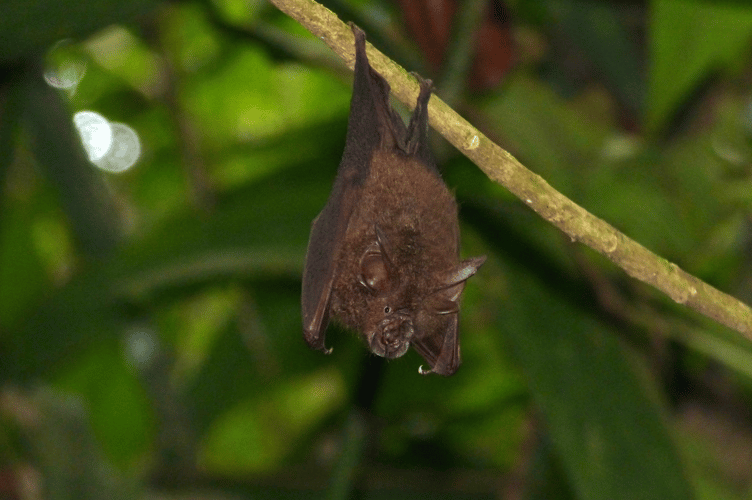The Manx Bat Group is appealing for records of bats in the island, but especially of any suspected maternity roosts which will now be in active use.
The charity, which was formed in 1990, strives to find out more about the bats that inhabit the island, where they live, where they feed and what protection they need in order for them to flourish.
Every year, volunteer members of the group go out on summer evenings to count the number of bats leaving known roosts.
Nick Pinder, recorder for the Manx Bat Group, explains: ‘Although we have details of about 360 bat roosts in our database, only about a third are thought to be currently in use and the others have been lost to development or not confirmed for several years.
‘We really need more volunteers to be able to check up on these historic roosts and to locate more, particularly of the less common species.’
Following the formal adoption of biodiversity action plans for four of the nine species of bats found in the island, the Manx Bat Group is eager to locate maternity roosts of the three species of Myotis bats and any roost of the lesser horseshoe bat.
Mr Pinder continued: ‘We really need to find the maternity roosts for these animals in order to be able to protect them fully and we hope that by appealing to the public roosts will be reported to us, some of which may well turn out to be of these species and which we can monitor in the future.’
Any records of bats can be submitted by using the reporting form on the group’s website https://manxbatgroup.org/manx-bats/records/submit-a-bat-record/
Bats are recognised as indicator species being sensitive to changes in environmental quality because of their diet of insects. They are particularly affected by habitat loss, including loss of active roosts, and habitat fragmentation and it is therefore important to try to keep track of any changes in population, year to year.




